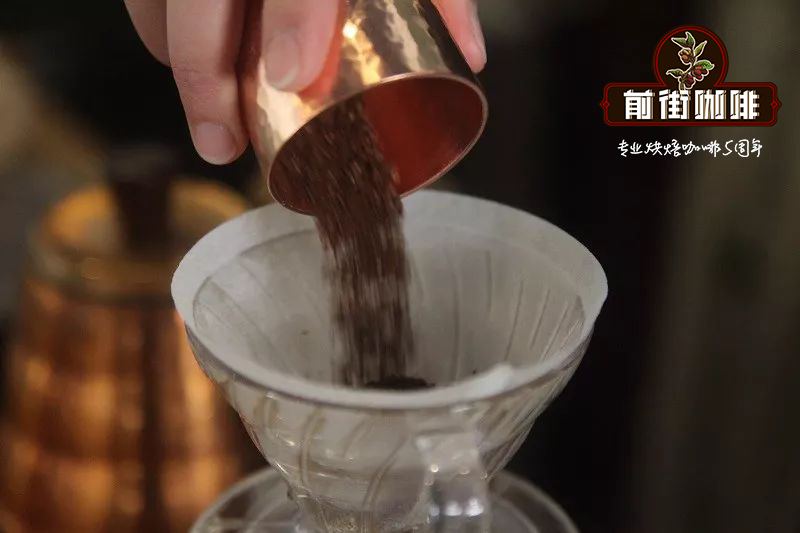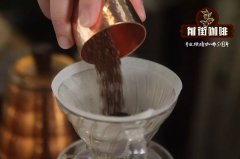Cost-effective Coffee Bean Brand | Xida Mogujahanbela G1 Solar Husbandry processing Plant

Professional coffee knowledge exchange more coffee bean information please follow the coffee workshop (Wechat official account cafe_style)
Qianjie-brief introduction of Xidamo Gujiambella G1 Solar Mulu treatment Plant
The Ethiopian administrative region is divided into four grades, the order from big to small is Region, Zone, woreda and kebele. Most of the names of raw coffee beans are named according to this rule. For example, Sakui, which is located in the southeast of Yejia Sheffield in the Sidamo producing area, belongs to Oromia Region → Guji Zone Guji → Shakisso woreda Shakiso → Hambella Hambela.
Guji Guji Zone was established as an independent production area by ECX (Ethiopia Commodity Exchange) in 2010 because of its superior geographical location and cup flavor. Shaqisuo is the most attractive micro-producing area in the Guji producing area, located in the southeast of Yega Snow, with an average elevation of more than 1800 meters above sea level.
Ethiopia Valley Giambera G1 Solar Mulu processing Plant Ethiopia Guji Hambella G1 Natural Mulu Washing Station
Country: Ethiopia
Producing areas: Hambella, Guji, Oromia
Altitude: 1900-2000 m
Treatment: insolation
Grade: G1
Variety: original species (Heirloom)
Flavor description: berries, tropical fruits, chocolate, oranges, wine, maple syrup, good juice
Guji, also part of Oromia, is southwest of Ethiopia, south of the capital Addis Ababa and north of Sidamo. Guji is a relatively new administrative district. After the millennium, it was built in the Borena region, separated from the highland blocks with higher elevations, and was named by the main local residents (more than 70% of the population), named Oromo. Coffee planting is one of the important activities here. Humbera's production area is located between the towns of Gedeb and Hambella in the Guji block, which is only 75 kilometers away from Yegashev, but it always produces an excellent regional flavor different from that of Yegashev. The altitude of this block is 1900-2200 meters above sea level, with an average annual average of 1200-1500mm of Rain Water, and an average annual temperature of 18 ℃-25 ℃. The red brown clay soil planted is a soil that can fully retain nutrients, and the overall planting conditions can be said to be quite complete.
Knowledge expansion: the Guji producing area we are talking about is located in the middle of the state of Oromia, while Hambela is located in the west of Guji. So when it comes to Yejia Xuefei, its administrative division is quite special, part belongs to Oromia, part belongs to SNNP.
In short: Qianjie is a coffee research hall, happy to share the knowledge about coffee with you, we share unreservedly just to make more friends fall in love with coffee, and there will be three low-discount coffee activities every month. The reason is that Qianjie wants to make more friends drink the best coffee at the lowest price, which has been Qianjie's tenet for 6 years!
END
Important Notice :
前街咖啡 FrontStreet Coffee has moved to new addredd:
FrontStreet Coffee Address: 315,Donghua East Road,GuangZhou
Tel:020 38364473
- Prev

Single Coffee Bean Brand | Jejafi Jettip G1 washing A.T. Sweet flower and fruit aroma in the processing plant
Professional coffee knowledge exchange more coffee bean information please follow the coffee workshop (Wechat official account cafe_style) front street-Yega Xuefei Getty G1 washing A.T. About the processing plant Ardent Coffee Trading Company, through its unparalleled enthusiasm and professional care for coffee, from the careful selection of specific coffee farms to the continuous improvement of processing technology, produces unparalleled uniqueness.
- Next

Introduction to the origin and flavor of which kind of coffee bean is recommended.
Professional coffee knowledge exchange more coffee bean information please follow the coffee workshop (Wechat official account cafe_style) Qianjie-Yega Chefe Coffee characteristics brief introduction the town of Yegashifi, 1700-2100 meters above sea level, is the core small producing area of the Yega Shiffei producing area, its north is the Wenago producing area, the south is the Cochelle producing area, the east is the Boer producing area, and the west is Abaya.
Related
- Beginners will see the "Coffee pull flower" guide!
- What is the difference between ice blog purified milk and ordinary milk coffee?
- Why is the Philippines the largest producer of crops in Liberia?
- For coffee extraction, should the fine powder be retained?
- How does extracted espresso fill pressed powder? How much strength does it take to press the powder?
- How to make jasmine cold extract coffee? Is the jasmine + latte good?
- Will this little toy really make the coffee taste better? How does Lily Drip affect coffee extraction?
- Will the action of slapping the filter cup also affect coffee extraction?
- What's the difference between powder-to-water ratio and powder-to-liquid ratio?
- What is the Ethiopian local species? What does it have to do with Heirloom native species?

